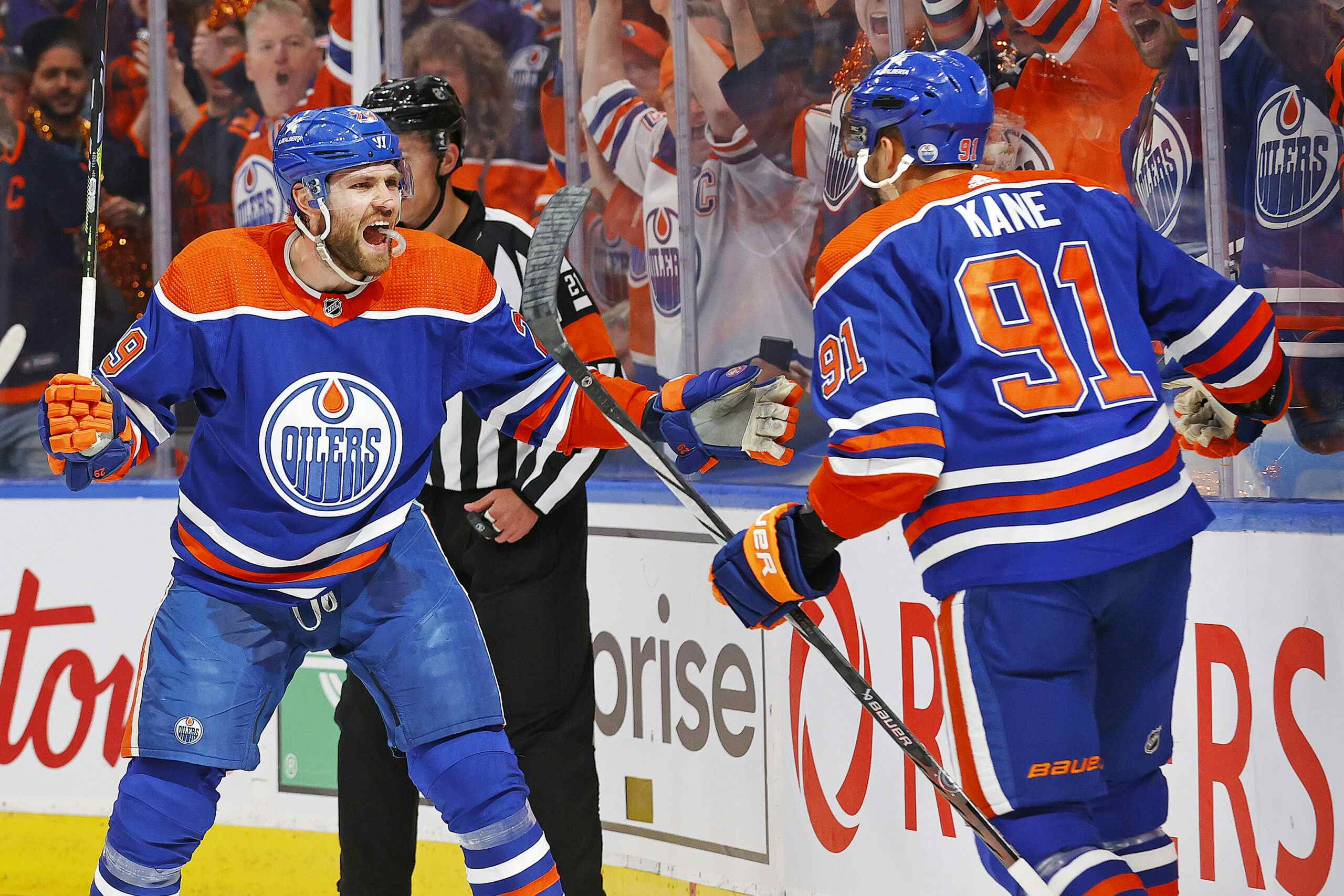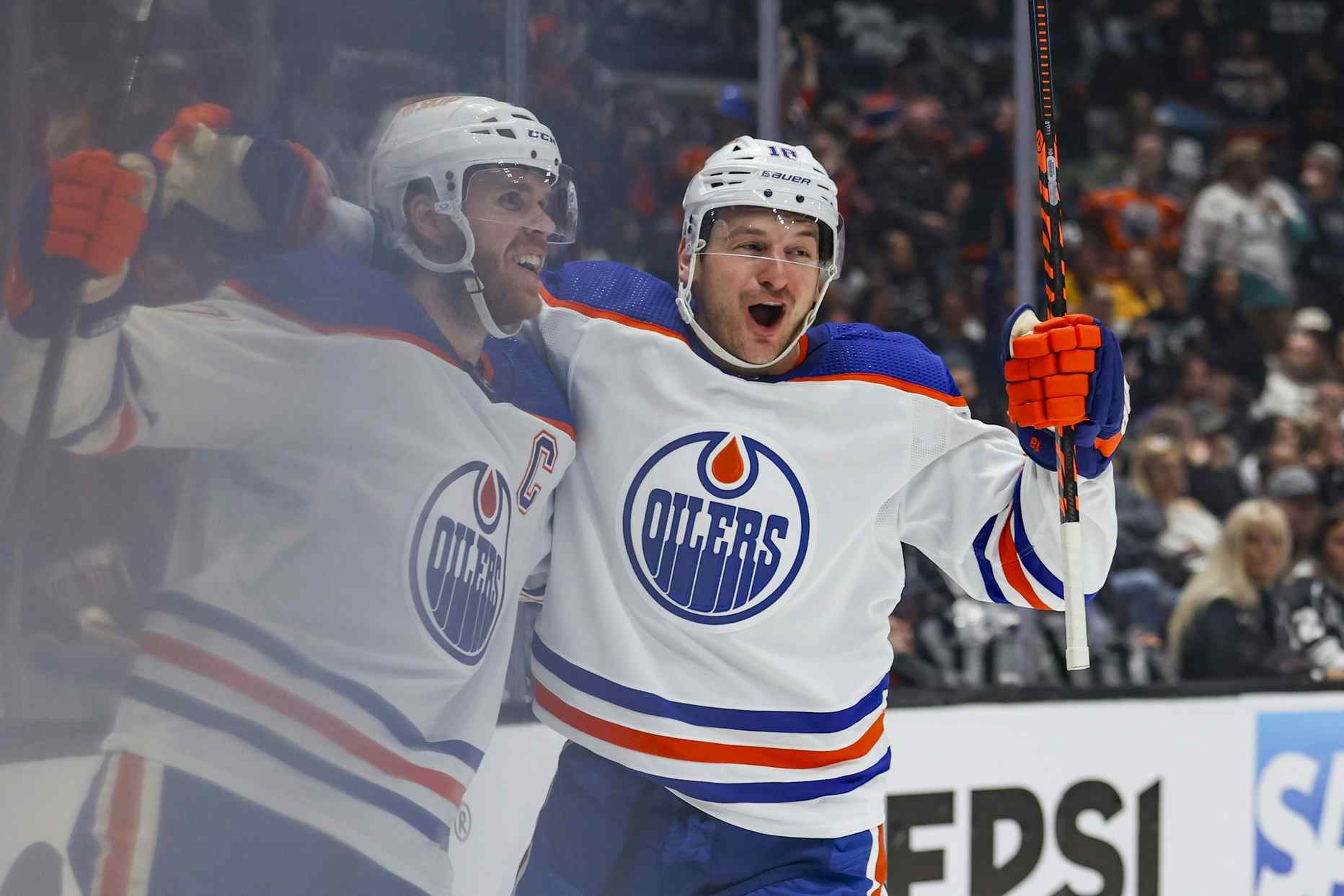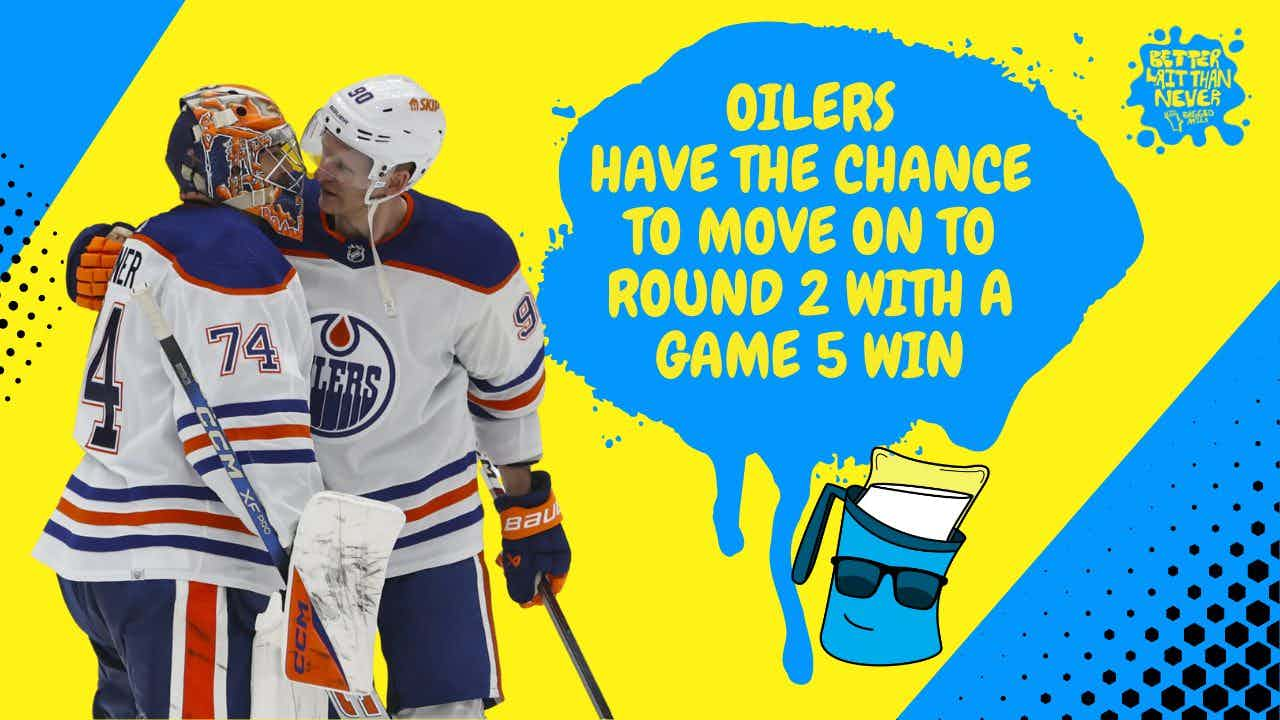Revisiting Red Flags

This past summer, I had some concerns about whether Gilbert Brule was going to be able to sustain the high level of performance he had during the 2009-10 season. I listed five points that I considered to be “red flags,”and given that Brule’s performance this season has regressed, I thought we might review them.
Injury: Whenever a young player is hurt as frequently as Brule, injuries are a concern going forward. They appear to have had minimal impact on Brule’s season to date; he’s missed some time with illness but thankfully has avoided the more serious incidents that impacted his early career.
Shooting Percentage: Here, in part, is what I said on this point back in May:
On 183 shots with the Blue Jackets, Brule had a 6.6% shooting percentage, while on 134 shots with the Oilers he’s had a 14.2% shooting percentage. Or put another way: goalies facing Brule as a Blue Jacket put up a 0.934 SV%, while goalies facing him as an Oiler put up a 0.858 SV%. I’d suggest that Brule’s true scoring ability is probably somewhere between those two figures.
We still don’t know exactly where Brule’s true level of ability lies, but his shooting percentage has declined precipitously – from 14.0 percent last season down to 8.2 percent this season. That number is remarkably close to what he did as a Blue Jacket and seems low to me (I have trouble believing Brule has a below-NHL average shot) and I’d guess it will improve a bit, but not back up to where Brule has been as an Oiler to date.
The Dustin Penner Effect: From the May article:
Gilbert Brule was a different player when he was paired with Dustin Penner. That pairing was plus-5, on the ice for 21 goals for and 16 against, and they outshot the opposition 147-133. Penner apart was a little worse (35 goals for, 32 against, outshooting 364-346), something I’d attribute to the fact that he was likely playing better opposition away from Brule. Brule fell off the rails without Penner around, going minus-10 (17 goals for, 27 against) and getting outshot 203-233. That disparity is not a good sign.
I still believe all this to be true; unfortunately timeonice.com hasn’t been updated to give us the same data this season. We do, however, have an alternative, albeit a slightly less efficient one. Dennis King has been logging scoring chances over at mc79hockey.com, and I went through and recorded the chances for Penner and Brule on games where they played on the same line, and games where they played on different lines. Occasionally, Renney has mixed the lines up mid-game, so the “together” data isn’t identical, but the trend is brutally obvious:
| EV Scoring Chances | For | Against | Percentage |
|---|---|---|---|
| Brule w/o Penner | 32 | 67 | 32.32% |
| Brule with Penner | 39 | 44 | 46.99% |
| Penner w/o Brule | 84 | 69 | 54.90% |
| Penner with Brule | 45 | 41 | 52.33% |
On nights where Brule played on a different line than Penner, he’s been out-chanced 2:1. On nights where he’s been on the same line, he’s been an even player in terms of scoring chances. Penner, on the other hand, sees a slight dip when put on the same line as Brule.
Brule has clearly suffered from not having Penner as a regular linemate.
AHL results: Another point of concern this summer was the comparatively poor numbers that Brule put up during his time with the Springfield Falcons. This is how put it in May:
Last season on a lousy Springfield team, Gilbert Brule managed 24 points in 39 games (0.615 PTS/GM) in the AHL. In the NHL this year he was just a tiny bit worse (0.569 PTS/GM), and that bothers me a little. Perhaps it means that this year, and this year alone, was a breakout season, but it might also be taken as further evidence that Brule isn’t quite the player we saw this year. Also of interest is even-strength goal scoring: in Springfield, Brule scored 0.15 goals/game at even-strength but this year in Edmonton that total jumped to 0.23 goals per game at even-strength.
Normally, AHL players don’t retain 93% of their offence when they make the jump to the NHL. Gabriel Desjardins has studied how players react when promoted, and found that on average an AHL player only retains 44% of his offence when he is called up to the majors.
Let’s compare Brule’s AHL numbers – multiplied by that 44% – to his NHL numbers this season and last season. For ease of comparison, all totals are projected over an 82-game schedule, rather than being expressed as points per game:
| Season | GP | G | A | PTS |
|---|---|---|---|---|
| 2008-09 | 82 | 12 | 10 | 22 |
| 2009-10 | 82 | 21 | 25 | 46 |
| 2010-11 | 82 | 11 | 5 | 16 |
We see here that Brule’s numbers last season were more than double what we would have expected, based on his play in the AHL, and that this season (while a little low, due to the number of assists) is much closer to the average.
Points relative to ice-time: Last season was far and away the most successful of Brule’s career, and his EV PTS/60 reflected that, nearly tripling in 2009-10 compared to his final season in Columbus. Let’s compare those numbers to his current season:
| Season | G/60 | A/60 | PTS/60 |
|---|---|---|---|
| 2007-08 | 0.11 | 0.76 | 0.87 |
| 2009-10 | 1.11 | 1.25 | 2.36 |
| 2010-11 | 0.49 | 0.33 | 0.82 |
After a huge spike in 2009-10, Brule’s back to his Blue Jackets-era levels of even-strength offence.
Conclusion: While this article was controversial when it first came out, I don’t see much controversy now. Brule is performing at levels reminiscent of his early career, he’s been wildly ineffective when separated from Penner, and it seems unlikely that his trade value will again be as high as it was last summer.
Recent articles from Jonathan Willis





